News
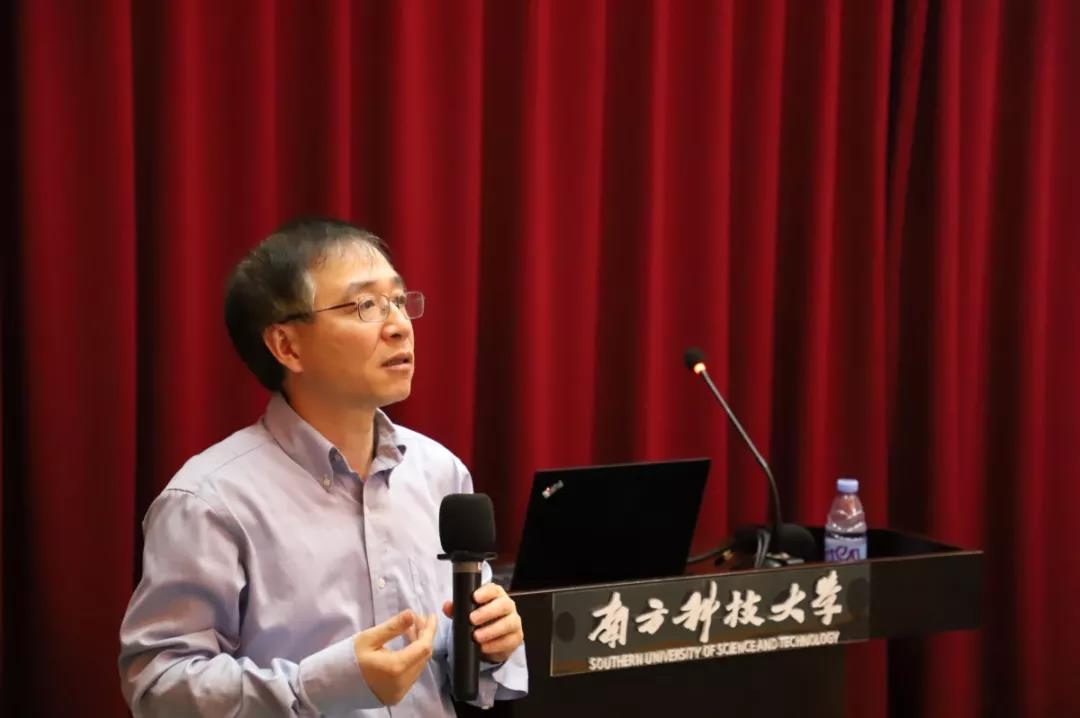
Prof. Xuming He
Guest Introduction
Xuming He is H.C. Carver Professor and Chair of Statistics at the University of Michigan. His prior appointments include faculty positions at National University of Singapore and University of Illinois at Urbana-Champaign. His research interests include theory and methodology in robust statistics, semiparametric models, quantile regression, data depth, dimension reduction, and subgroup analysis. His interdisciplinary research aims to promote the better use of statistics in biosciences, climate studies, concussion research, and social-economic studies.
Xuming He is Fellow of the American Association for the Advancement of Science, the American Statistical Association, the Institute of Mathematical Statistics, and the International Statistical Institute. He served as Program Director of Statistics at the National Science Foundation, USA, Co-Editor of the Journal of the American Statistical Association, and Chair of the Scientific Program Committee, 2013 World Statistics Congress. He was IMS Medallion Lecturer and Keynote Speaker at the 2007 Joint Statistical Meetings, Plenary Speaker at the 21st International Conference on Computational Statistics (COMPSTAT 2014), and IASC President Invited Lecturer at the 62nd ISI World Statistics Congress in 2019. In 2015, he received the Distinguished Achievement Award from the International Chinese Statistical Association. He is a mentor of about 30 PhD students in Statistics, and his former students have received IMS Tweedie New Researcher Award and the ASA Noether Junior Scholar Award.
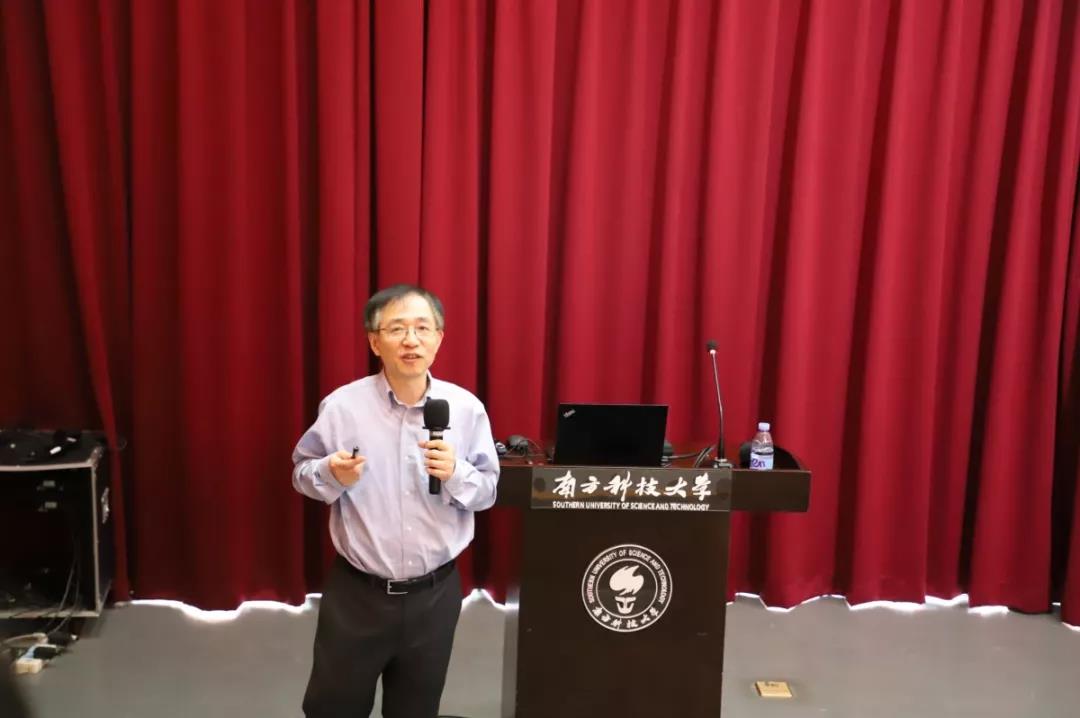
Prof. Xuming He
Lecture Detail
Clinical trials are experiments or observations performed on humans that are aimed at evaluating a medical, surgical, or behavioral intervention. In drug development, it is not unusual that the treatment efficacy of an experimental drug cannot be confirmed to be superior to the active control in the overall studied population, but its effectiveness is significant for some identified subgroups. Since treatment discoveries is an expensive process, it is therefore vital for a pharmaceutical company to develop a comprehensive strategy to evaluate the need to mobilize additional resources for further clinical studies to explore the effectiveness of the experimental drug in these identified subgroups. During the talk, Professor He demonstrated that owing to various types of bias and the multiplicity problem, treatments that were identified as effective in subgroups eventually failed to be shown significantly useful. To explain and remedy the above-mentioned problem, Prof He proposed to use “Subgroup Pursuit” which corrects existing bias and hence more accurately predicts the efficacy of the experimental treatment in these subgroups.
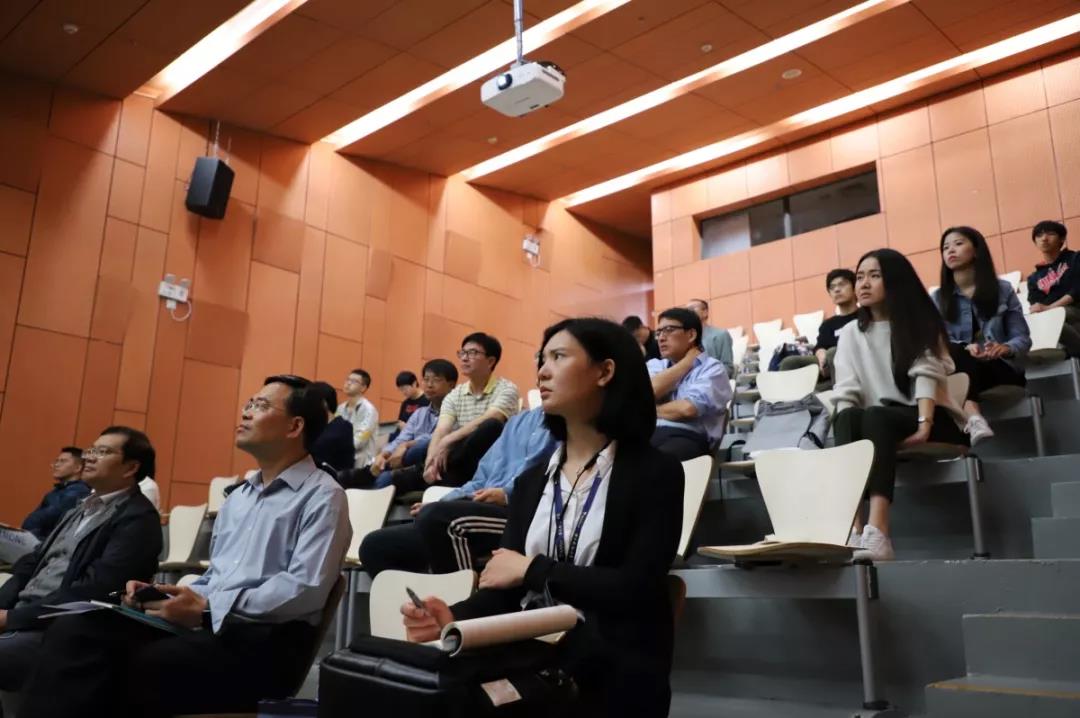
The Audience are listening to the lecture
In the beginning, Prof. He showcased an analysis of IMPULSE study released by MOLOGEN AG and introduced Hazard Ratio (HR), which is the odds of a patient's healing speed under the experimental treatment versus the control treatment, as a measure of the effectiveness of the treatment. By using ‘Subgroup Pursuit’, Prof. He demonstrated that his suggested method outperformed traditional statistical methods in the identification of subgroups. To utilize his proposed identification scheme, non-parametric bootstrap method is adopted to construct a model-free algorithm for the accurate selection of subgroup.
Towards the end of the presentation, Prof. He concluded his speech with several valuable take-home messages and commented on the abuse of the use of p values in the scientific community, such as the under-reporting of the findings with large p values that correspond to insignificant findings. Finally, he enthusiastically took a few questions from the audience.
The Q&A Session
In this Q&A Session, academic discussion was actively engaged, here listed some question discussed in the lecture.
Q1: Is your estimation depends on the honesty of subgroup which the company reports?
A1: Definitely, we statistician prefer honest reports by the company. Nevertheless, there does not seem to be any compelling reason why the drug company is not providing accurate information.
Q2: When your team try to make a comparison between several subgroups, should the sample size of these groups be the same, amid the use the bootstrap method?
A2: Our proposed method does not require the sample size to be identical, even though we expect the sample size not to be too small.
Q3: Can your team define a subgroup without looking at the data from the company?
A3: No, the identification of a subgroup mainly the job of the company since they have well-qualified experts and understand the population very well.
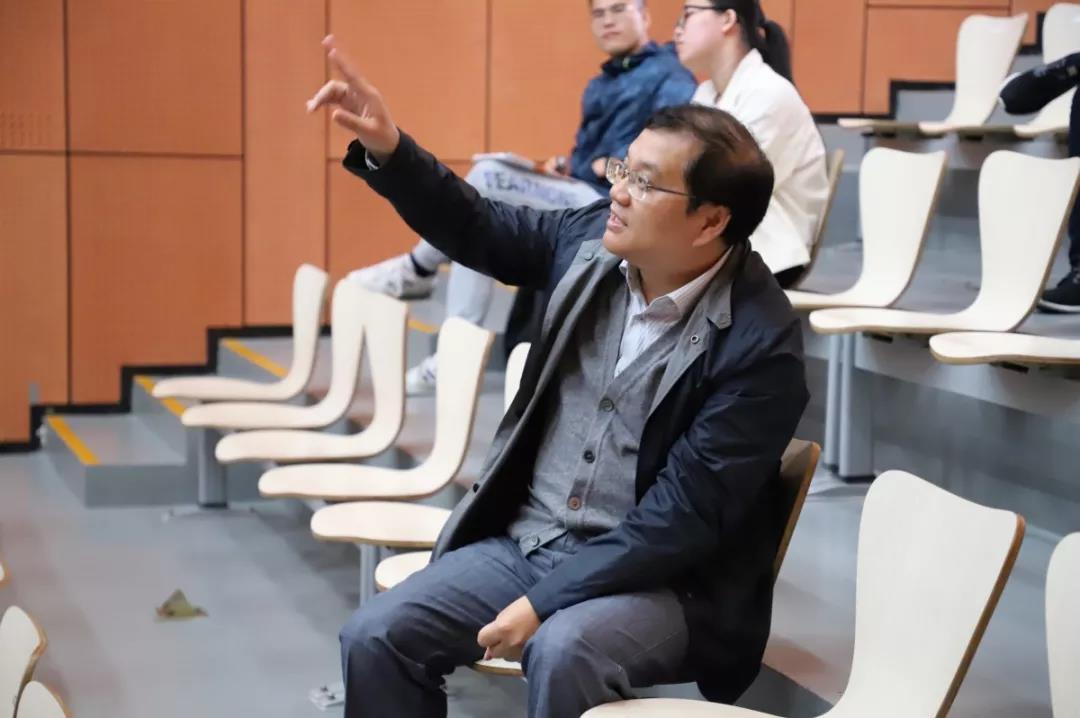
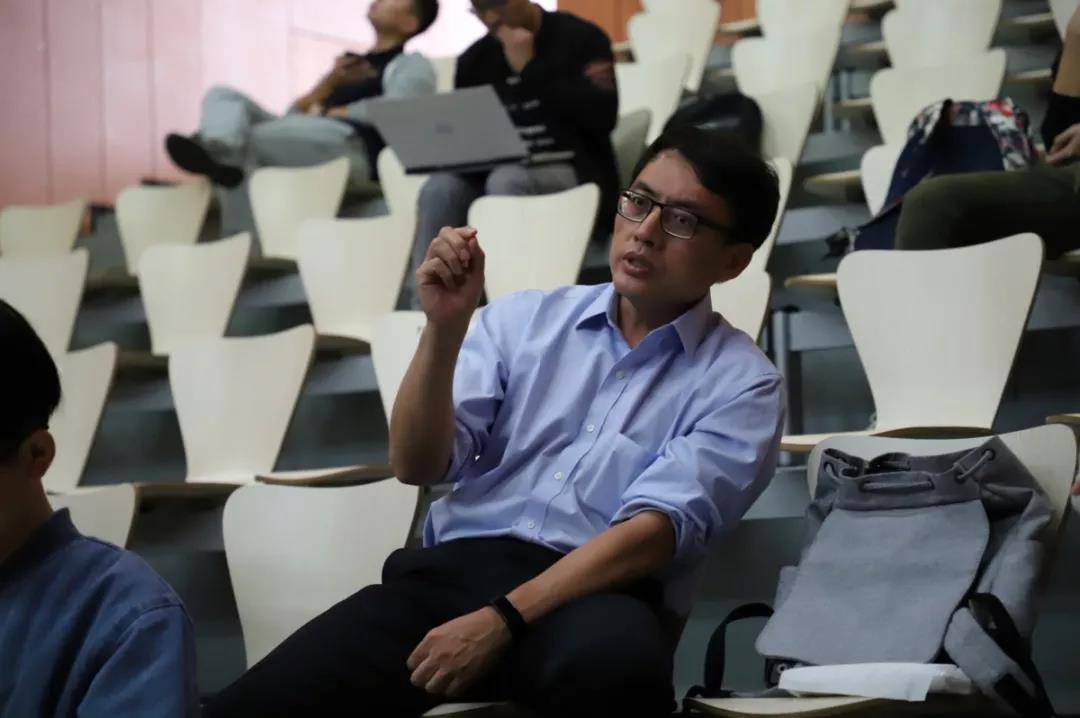
Audiences are asking question
Finally, to express our welcome and gratitude to Prof. Xuming He, Professor Qiman Shao from the Department of Statistics and Data Science, represents our certificate to Prof. He on behalf of College of Science in the end of the lecture.
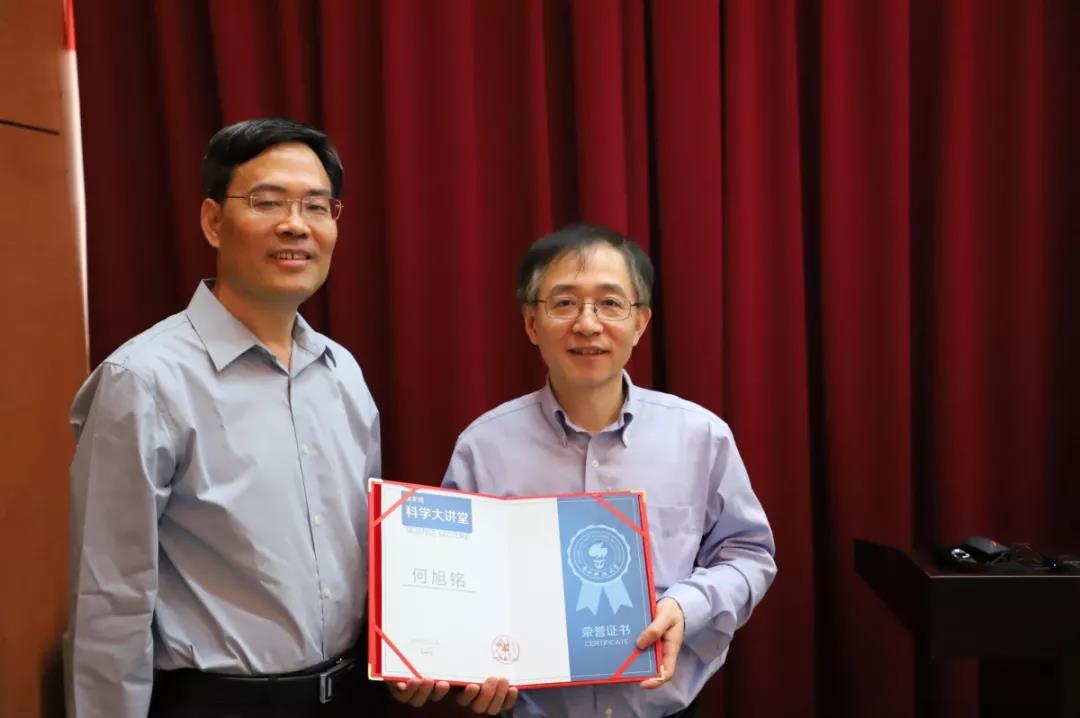
Professor Qiman Shao and Professor Xuming He
